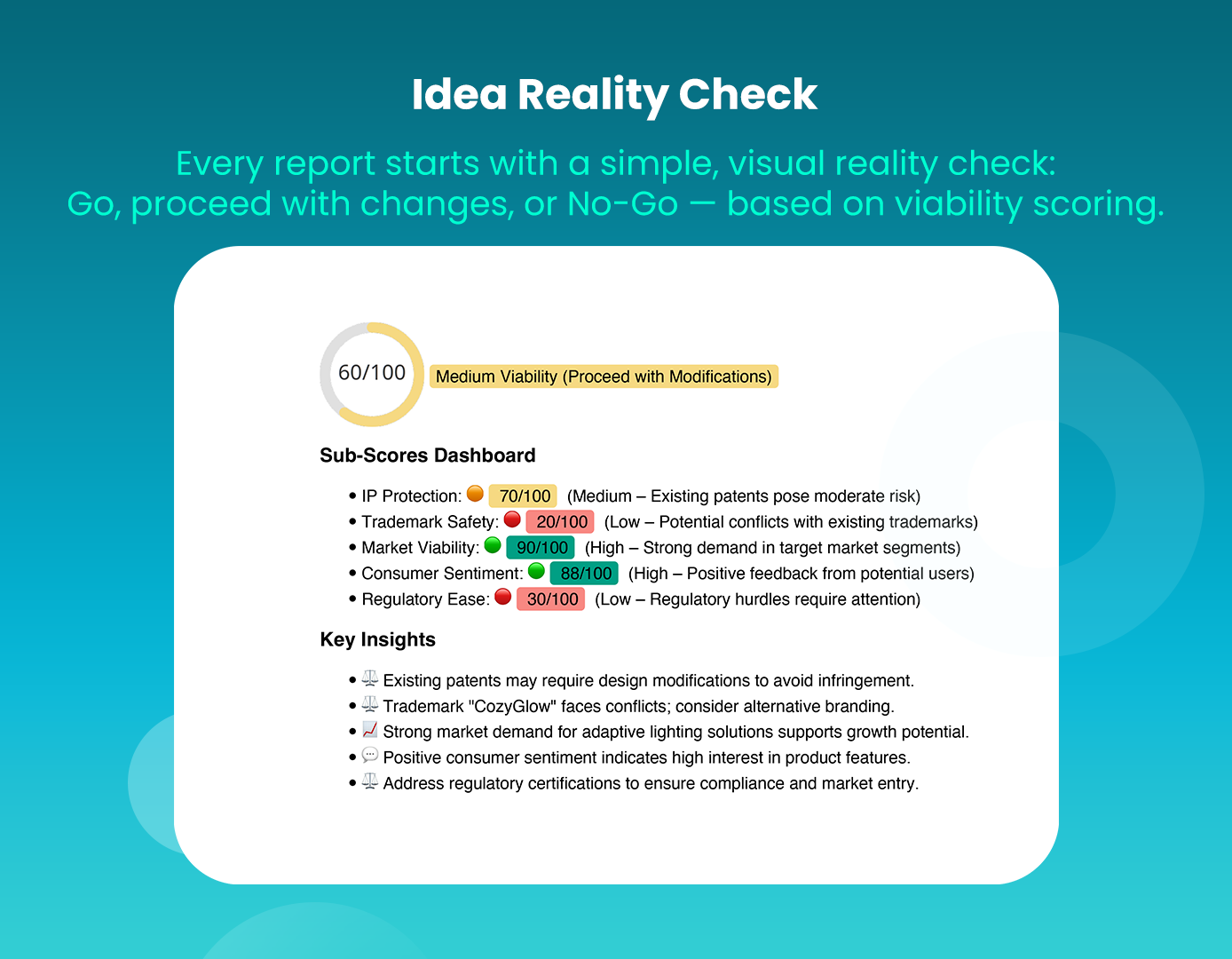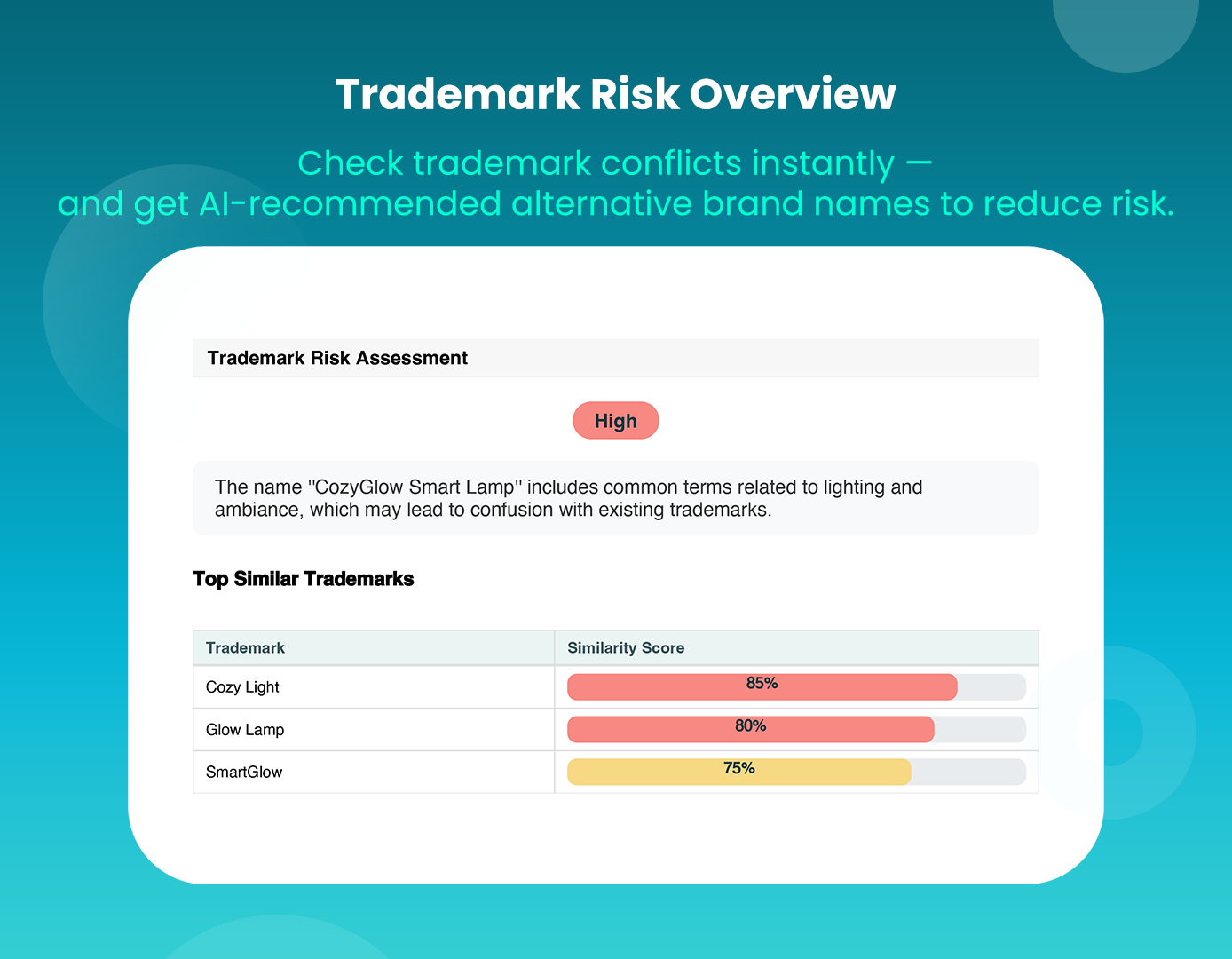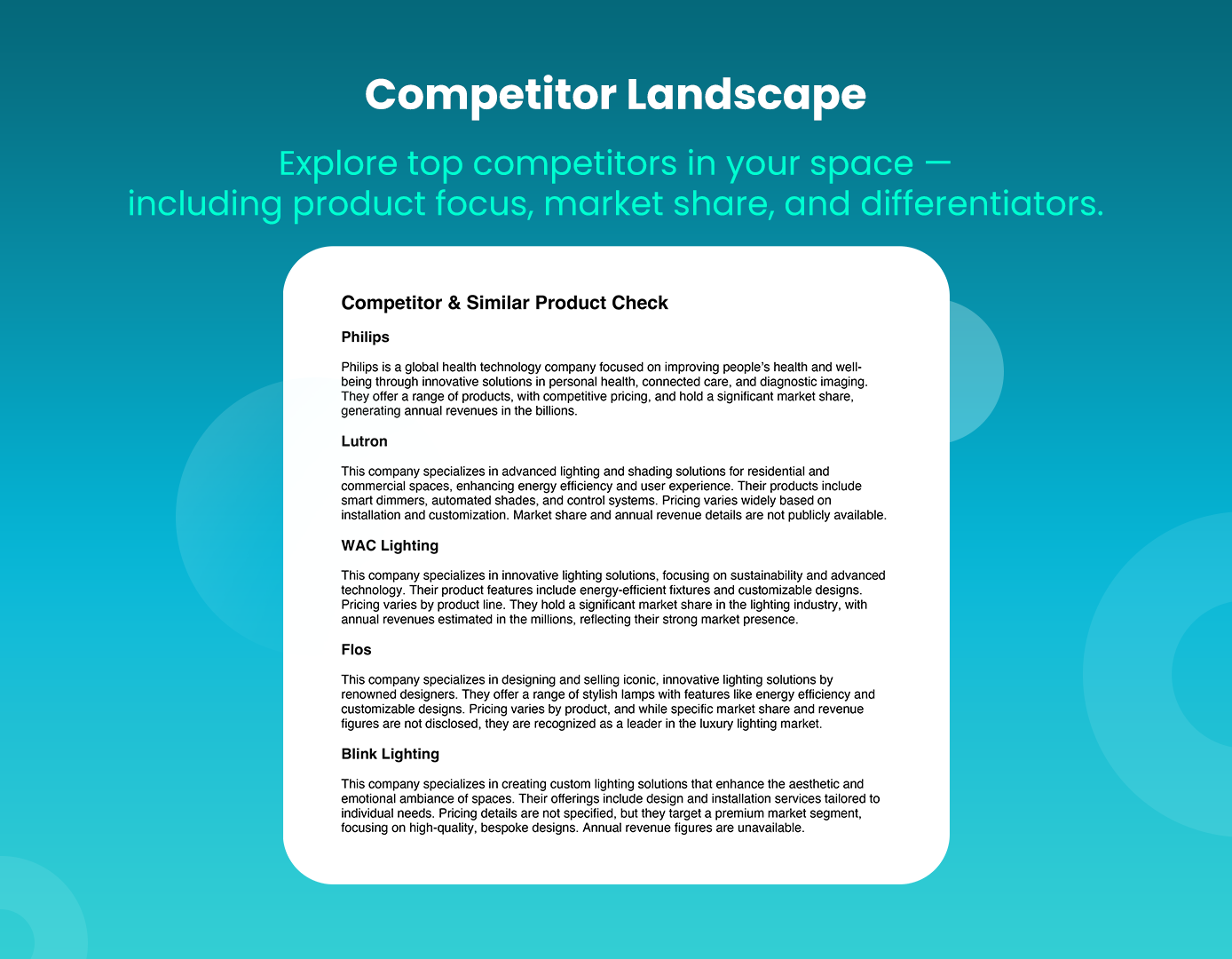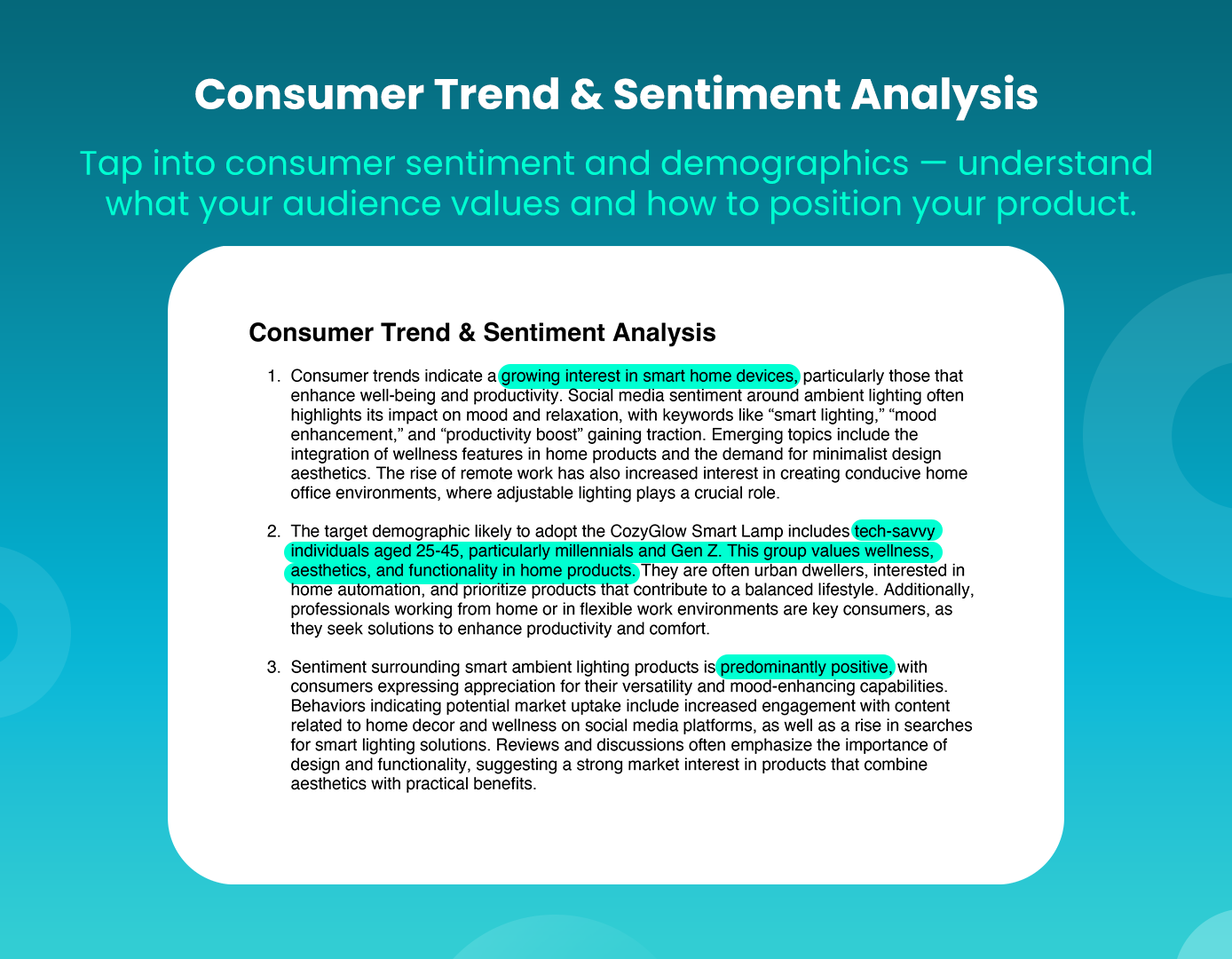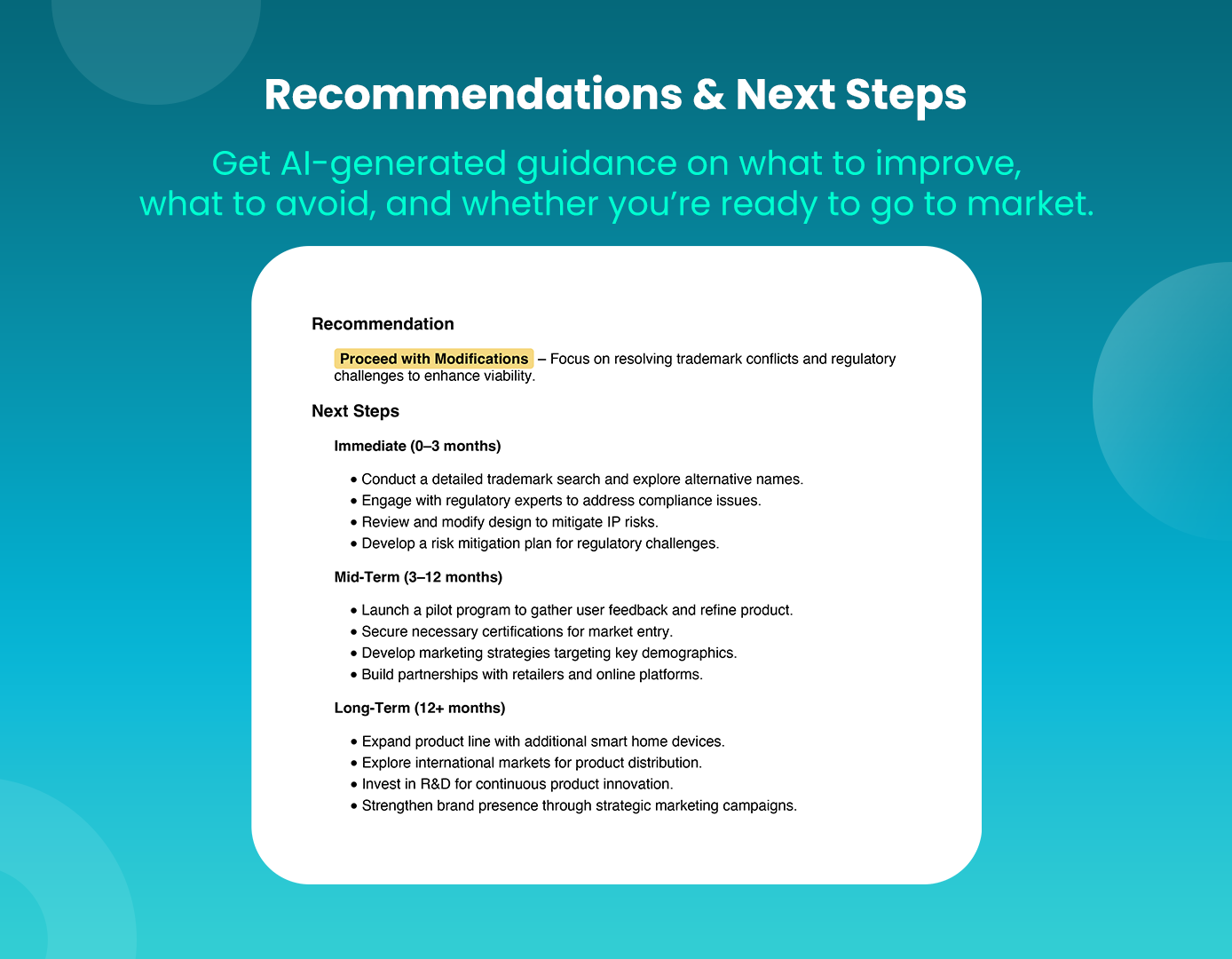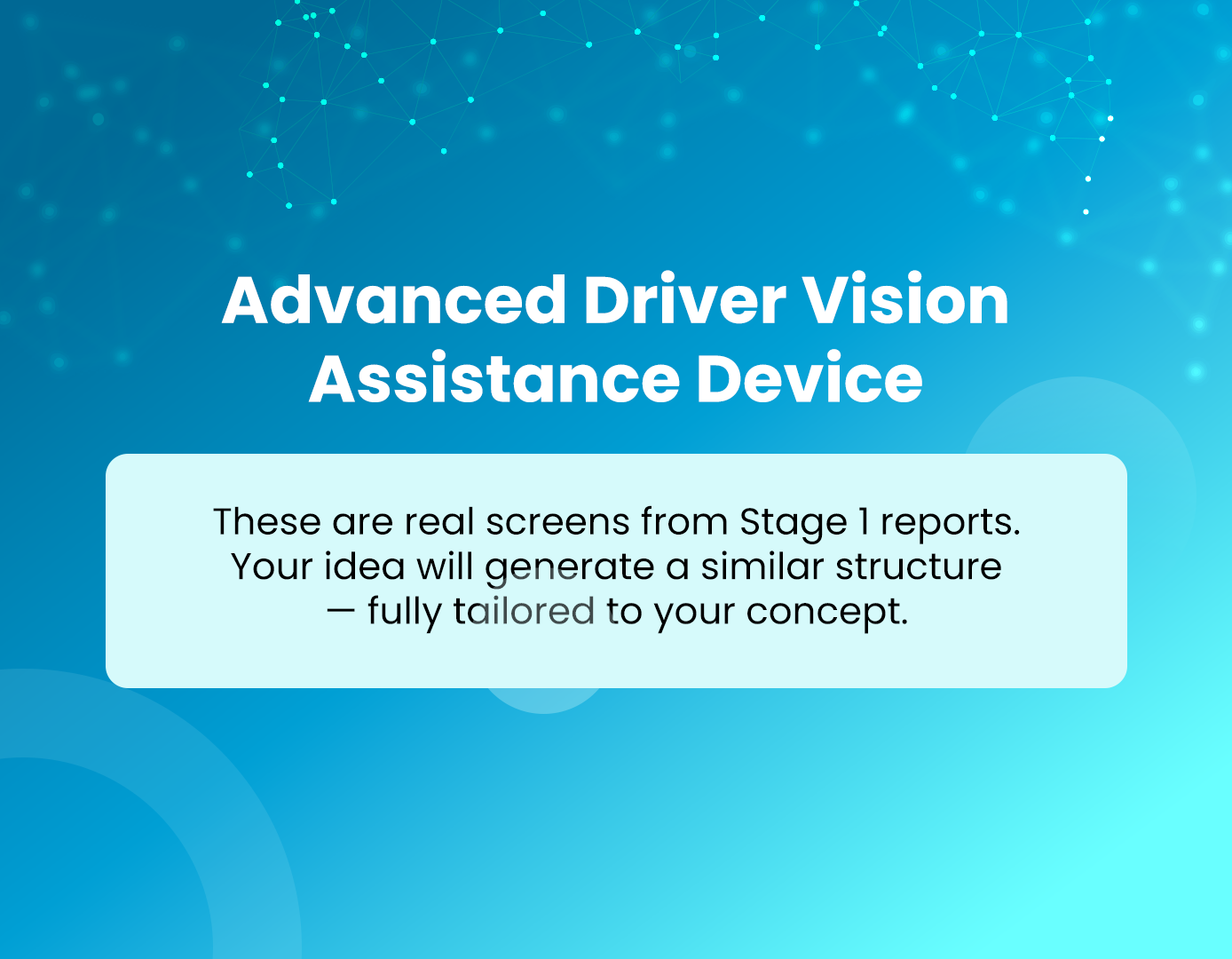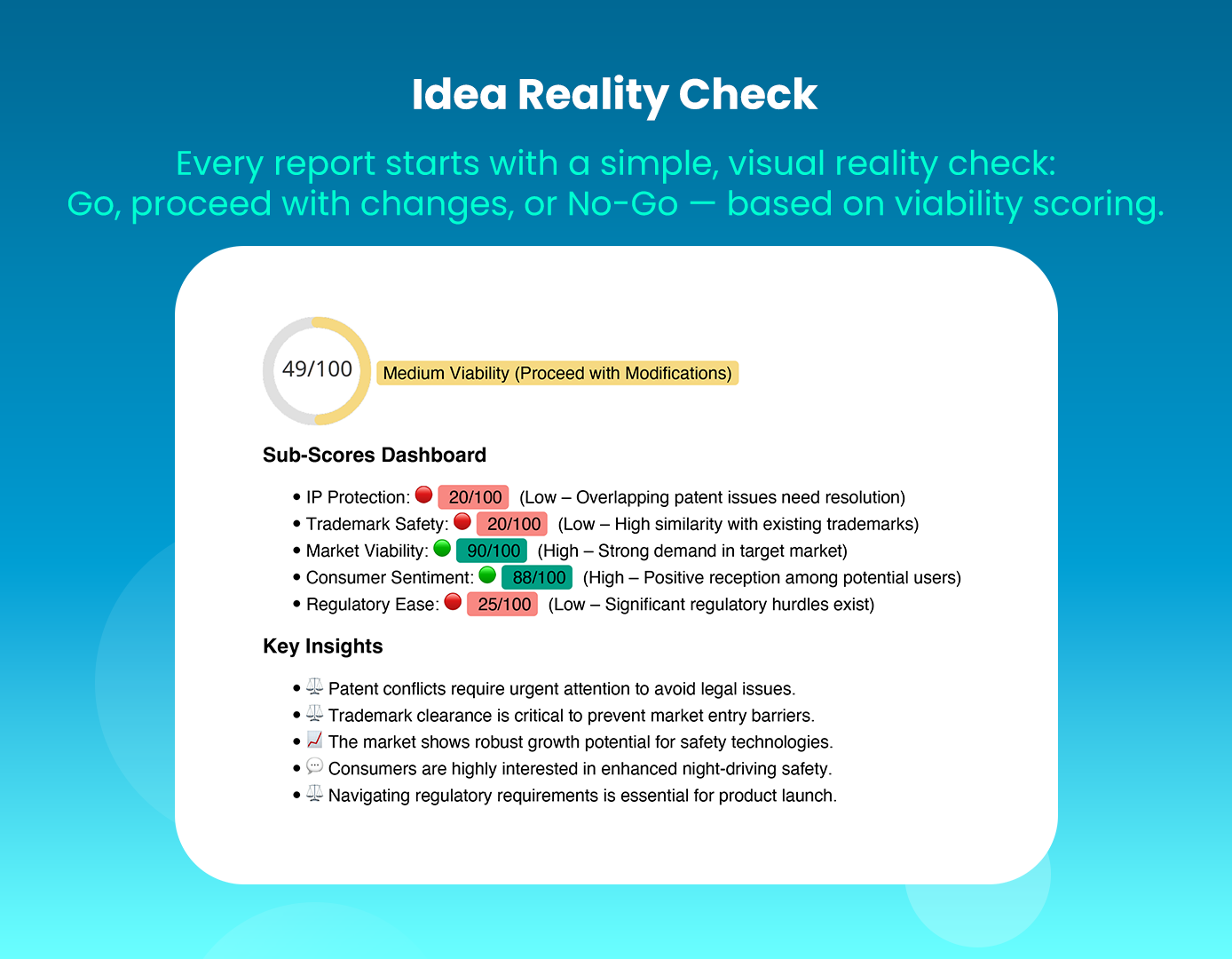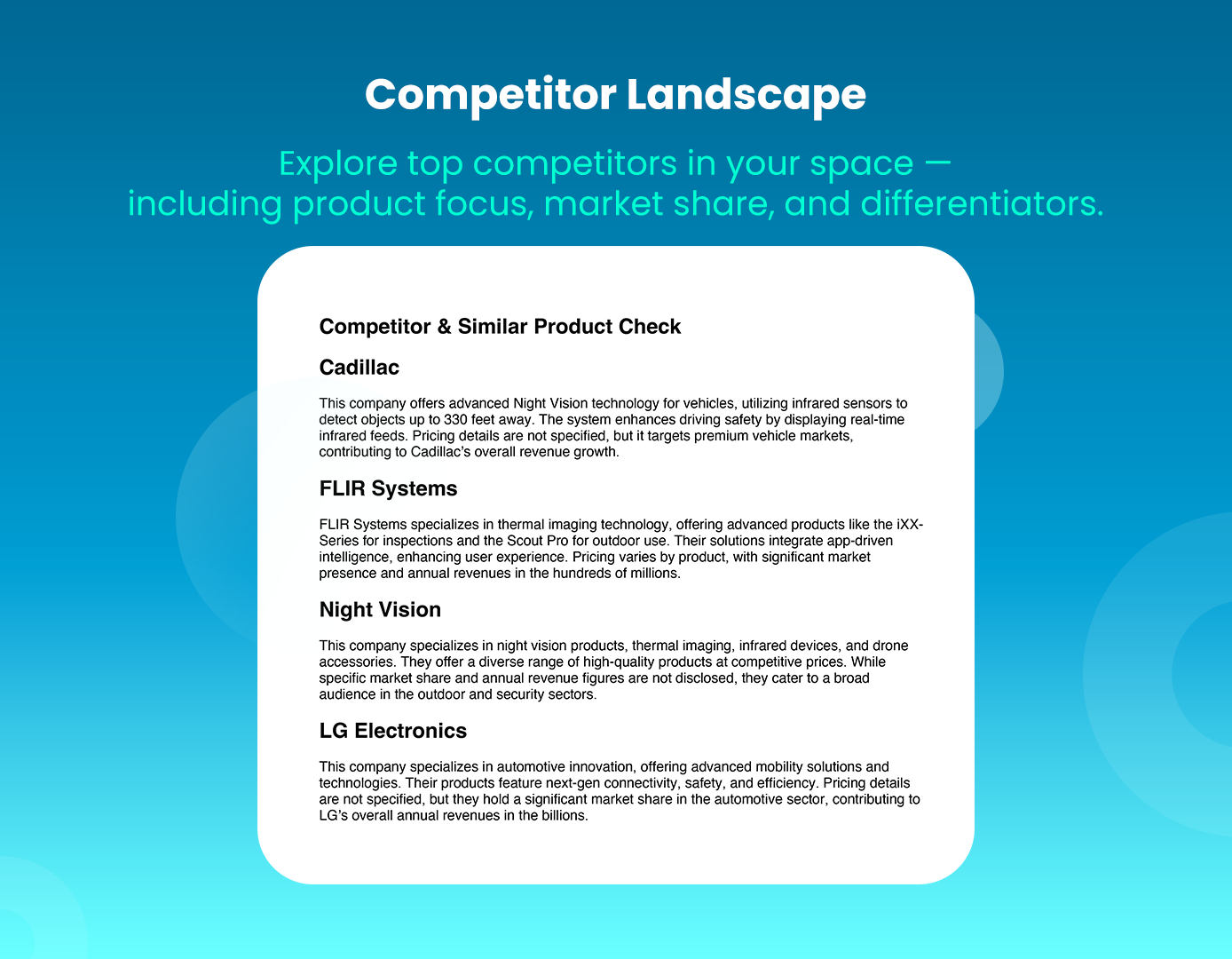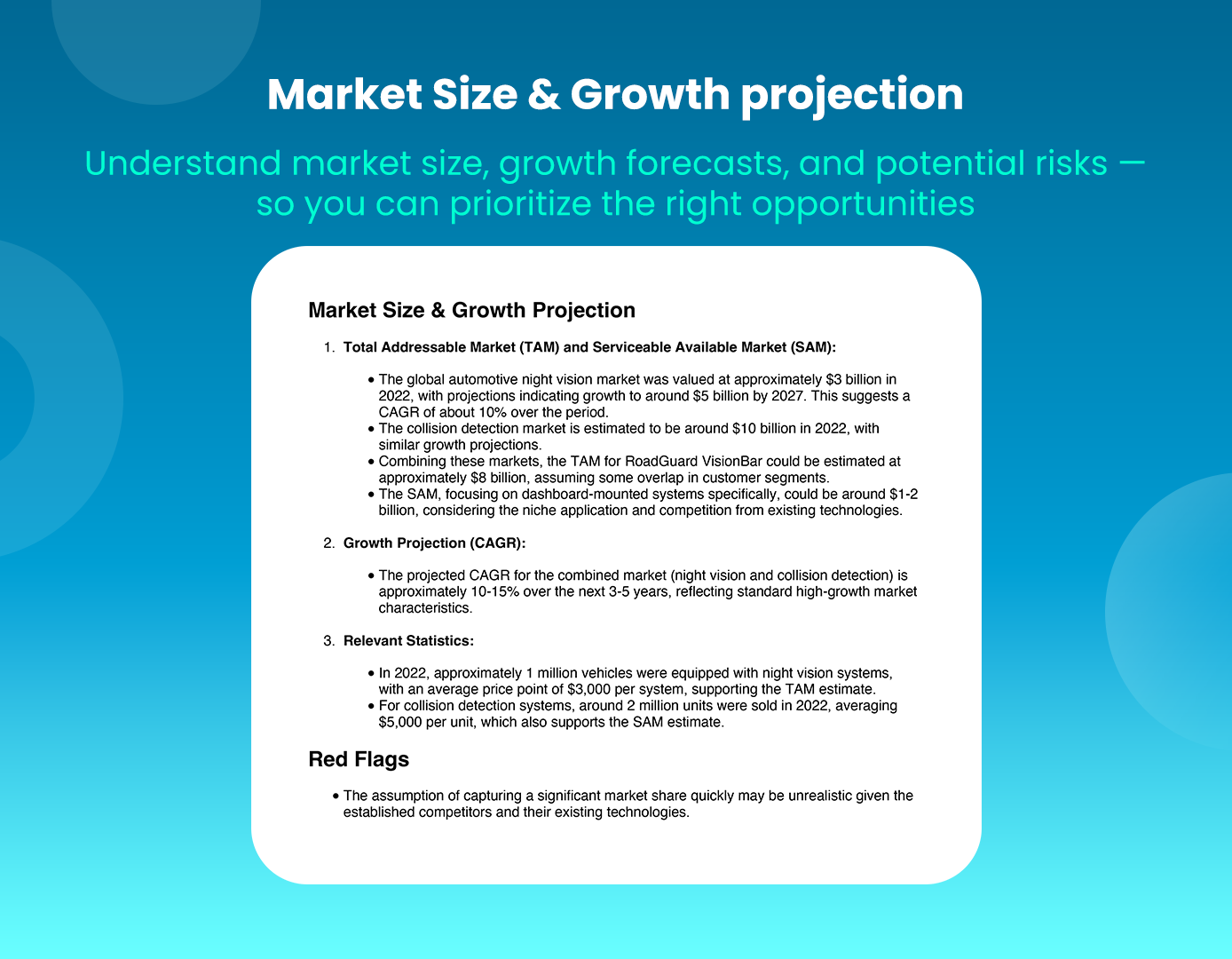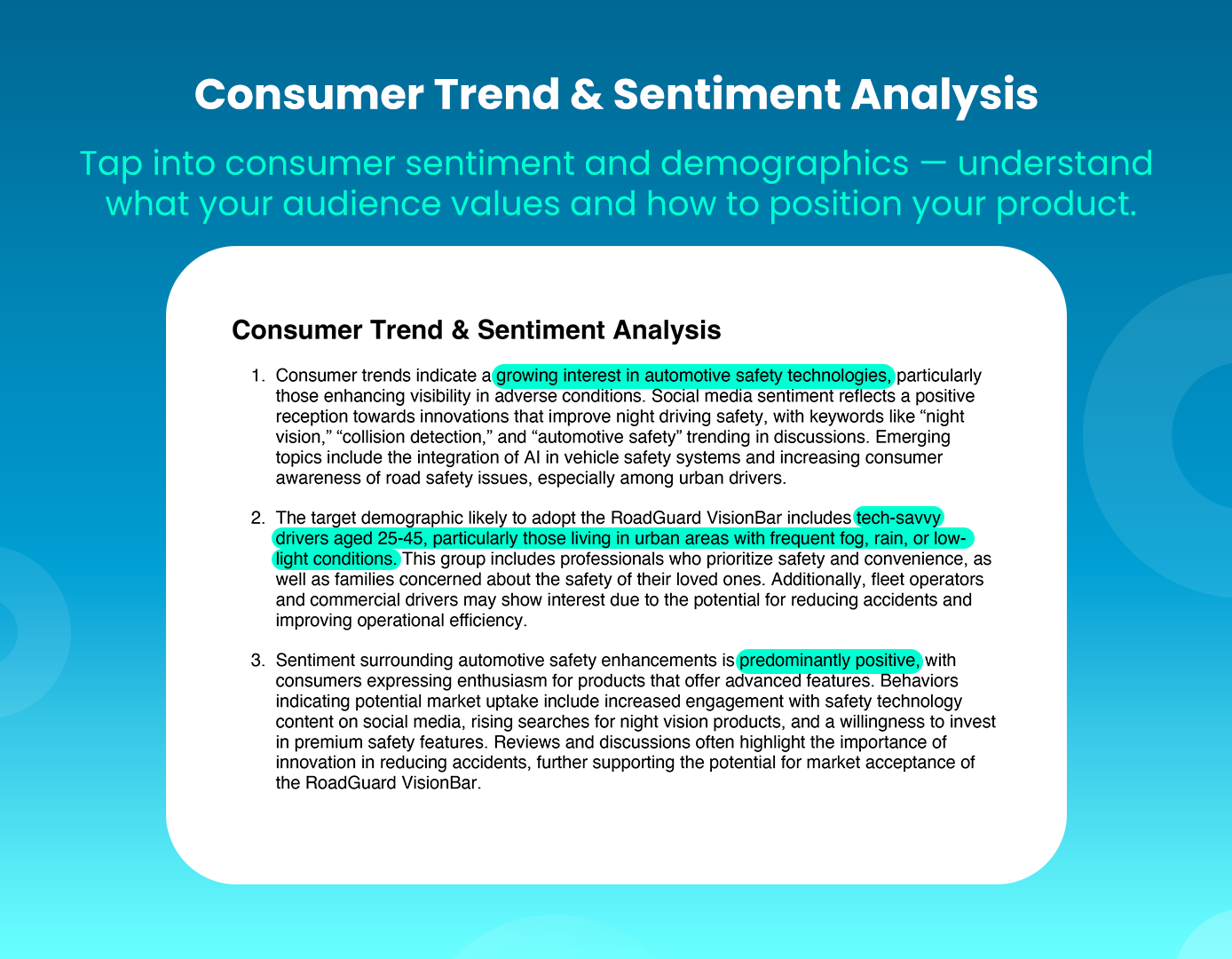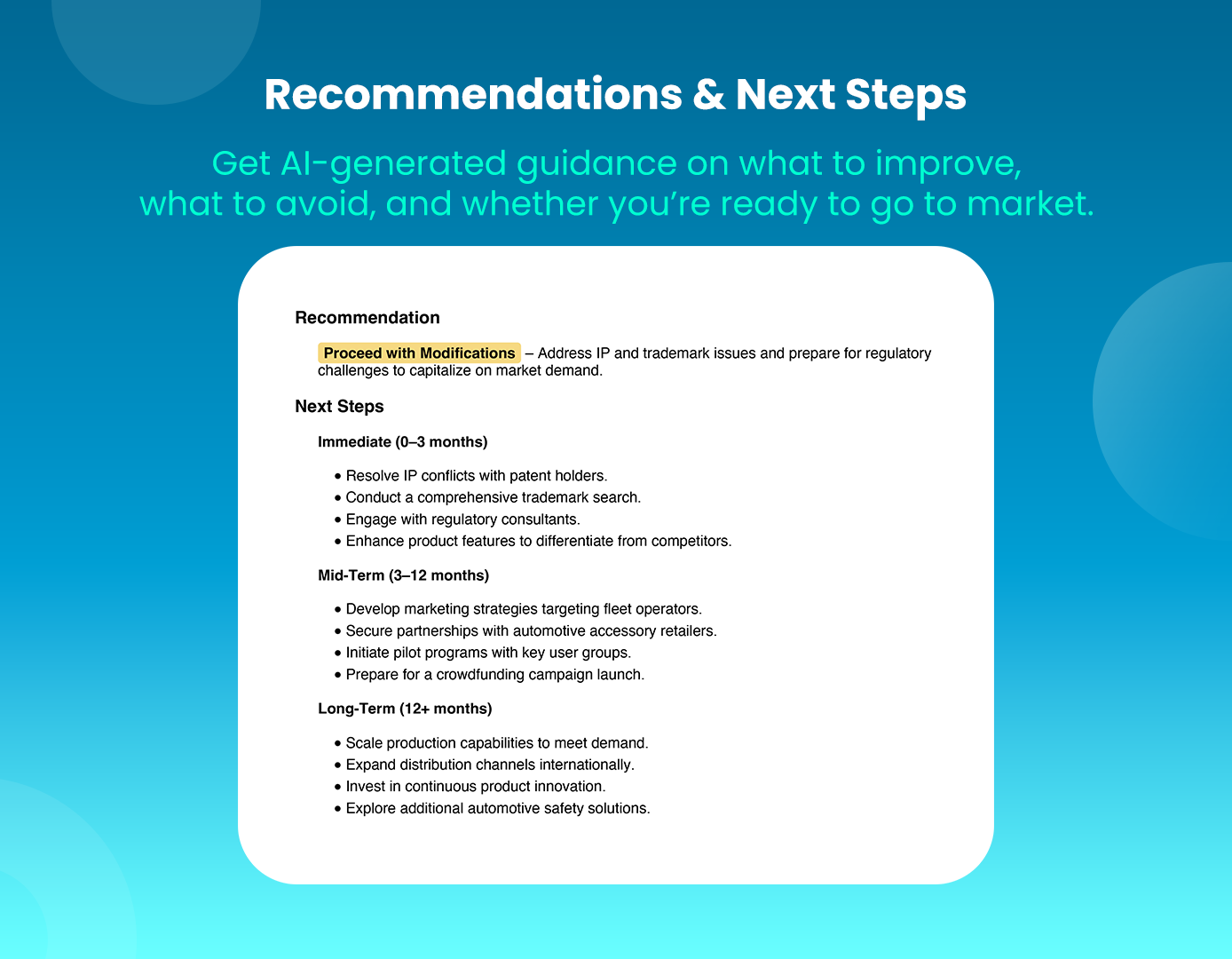

Validate Your Product Idea Before Crowdfunding-Without Losing Your Mind (or Shirt)
Why Product Validation is Essential Before Crowdfunding
You know the moment. That electric flash of genius in the shower, gym, or the checkout line. You’ve got the idea-a self-cleaning water bottle that syncs with your hydration app! You’re ready to launch a crowdfunding campaign, book the prototype shoot, and imagine a feature on TechCrunch.
But before you start designing limited-edition backer swag, you need to validate your product idea.
Most crowdfunding campaigns fail not because the product was bad, but because the audience didn’t bite. Product validation before crowdfunding is like a dress rehearsal before opening night-crucial if you want to avoid the dreaded flop.
Let’s say you’re developing a solar-powered dog leash that tracks your pet’s location. You love it. Your friends love it. But will strangers pay $89 for it? That’s where crowdfunding product validation comes in.
Tools like InventaIQ let you test your idea’s appeal, search for existing patents, check the name availability, and analyze how similar products are received-all before you invest thousands in production.
So, shower inspiration? Yes. Blind faith? No. Validate first, crowdfund with confidence.
What Does “Validating Your Product Idea” Mean?
To validate your product idea means getting out of your head and into the world-where real people tell you whether they’d actually use (and pay for) what you’re building.
Let’s take Marcus. He had an idea for a minimalist, modular wall-mounted spice rack made from recycled bamboo. Before rushing into production, he ran a quick pre-launch product testing routine:
- He asked home cooks and kitchen bloggers what they liked or hated about existing spice storage.
- He scanned Etsy and Amazon and saw hundreds of near-identical products priced between $20–40.
- Using InventaIQ, he ran a fast competitor check and discovered most sellers didn’t offer customizable inserts. That was his white space.
Product validation before crowdfunding helped Marcus realize that his initial price point was too high and that his “modular inserts” were the differentiator he needed to spotlight.
The point? Validation isn’t about asking your mom if she likes it. It’s about collecting real-world data:
- Who your customers are?
- What they currently use?
- What annoys them?
- What would actually convince them to switch?
With tools like InventaIQ, you can also check for patent risks (turns out there was a similar spice rack with a specific mounting design) and name availability-all with plain-language results and market viability that helps you decide whether to pivot or go all in.
Effective Methods to Validate Your Product Idea
You don’t need a research team or a fancy consultant to validate your product idea. Just a little hustle, the right tools, and a willingness to listen.
Here are practical validation methods-with examples.
1. Surveys & Polls
Tina had an idea for a collapsible foam roller that fits in a backpack. She built a quick survey using Google Forms:
- “How often do you travel with fitness gear?”
- “Would you buy a collapsible foam roller for $35?”
- “What annoys you about your current foam roller?”
She shared it with fitness Reddit groups and Instagram yoga influencers. Within a week, she had 138 responses-and more than 70% said they would probably buy her product. That’s crowdfunding product validation in action.
2. Focus Groups
Daryl was building a noise-canceling sleep mask. He invited 8 light sleepers to his living room, gave them pizza, and had them try an early prototype. What he learned shocked him: the material felt great, but the pressure on the nose bridge caused discomfort. He went back to redesign that piece before launch.
That’s focus groups for product validation-scrappy, cheap, and brutally effective.
3. MVP (Minimum Viable Product)
Priya wanted to launch a “plant subscription box” for city dwellers. But instead of ordering plants and building a site, she mocked up a landing page showing her product tiers and pricing. She added a fake “Subscribe Now” button just to test interest. That’s MVP validation for crowdfunding-test demand without even shipping a leaf.
She got 512 email signups from a $100 Instagram ad. Validation = confirmed.
4. Landing Pages
Use Carrd, Webflow, or Shopify to build a simple page. Add your product’s key benefits and one CTA: “Join Waitlist” or “Reserve Now.” Run a small ad campaign or post in niche communities. If no one signs up, you don’t have a winner-yet.
5. InventaIQ: Instant, AI-Powered Feedback
When Jason submitted his idea for a magnetic charging dock for e-bikes into InventaIQ flagged multiple overlapping patents, including international filings, indicating potential infringement risks. It also identified that the intended trademark had medium conflict risk due to similar existing names. The platform then suggested alternative brand names, design modifications to avoid patent overlap, and offered a detailed competitor analysis. This included identifying feature gaps in rival products, helping refine the product positioning and uncover a clear white space in the market.
InventaIQ turns scattered methods into a single workflow. Describe your idea, upload a sketch, and get answers on patents, trademarks, competitors, and market sentiment-automatically.
The Role of Market Testing in Crowdfunding Success
Crowdfunding success depends on how well you know your market before launch.
Market testing isn’t just for big brands. Take Sandra, a stay-at-home mom who designed a convertible kids’ play mat that doubles as toy storage. She assumed moms would love it-but she tested anyway.
Using market testing for crowdfunding, she:
- Sent her idea to 15 Facebook parenting groups
- Ran polls asking “Would you use this daily?”
- Checked reviews of similar products and saw recurring complaints: “Too flimsy” and “Hard to clean.”
So she upgraded her design with firmer padding and stain-resistant fabric. That single adjustment became her campaign’s main selling point.
This is the essence of crowdfunding product validation: test your assumptions early, then improve.
Platforms like InventaIQ simplify this. It runs sentiment analysis on products like yours and tells you:
- What consumers love (“Portable and foldable!”)
- What they hate (“Mildew smells after a month”)
- How saturated the space is
This is how you find product market fit for crowdfunding-not by building a better mousetrap, but by solving the things the last one missed.
Think of market testing as your early-stage backer feedback loop-before you’re deep into fulfillment or refund territory.
How to Attract Crowdfunding Backers with Validation
Validation doesn’t just help you build better. It helps you sell better.
When backers land on your campaign page, they want to know one thing: “Has anyone else tested this thing?” Showing that you’ve gone through crowdfunding product validation builds immediate trust.
Take Anton, who launched a Bluetooth-enabled umbrella that tracks UV exposure. Sounds niche, right? But he crushed his goal in three days.
Why?
- He showcased key highlights from his InventaIQ validation report, including patent clearance, market insights, and competitor gaps.
- He shared survey results: “Out of 312 users, 84% said they’d buy this if priced under $50.”
- He posted a mini-FAQ showing how he adjusted the prototype based on feedback from a beta group.
His campaign screamed: “I did the work.”
Backers love seeing evidence that you’ve validated. It makes them feel like investors-not guinea pigs. And it boosts crowdfunding backer interest tenfold.
So if you want to validate your product idea for Kickstarter and win backers’ hearts (and wallets), show them your journey:
- Share your focus group results
- Include screenshots of early iterations
- Quote actual feedback
This isn’t bragging-it’s proof.
Common Mistakes to Avoid When Validating Your Product Idea
Even the best intentions can lead to shaky validation. Let’s avoid the common traps-with real-world fails.
Mistake #1: Biased Validation
Rachel built a “smart bookshelf” with hidden compartments. She validated with her friends, who all loved it. But no one bought it. Why? Her friends weren’t her target market. That’s not product validation before crowdfunding-that’s an echo chamber.
Mistake #2: Vanity Metrics
Kevin ran ads for his voice-activated shower speaker and got 1,200 likes on Instagram. But when he launched on Indiegogo? Crickets. Social engagement isn’t product feedback for crowdfunding-actions speak louder than likes.
Mistake #3: Skipping Early Testing
Lena’s minimalist wallet looked great, but when she finally sent prototypes to testers, they all said the cash slot was too tight. But by then, her first 500 units were already manufactured. Cue the refund storm. She skipped early-stage product testing-and paid the price.
Mistake #4: Falling in Love With the First Version
Sam thought his gadget was perfect. Feedback said otherwise. He ignored it, and his campaign never took off. Validation isn’t one-and-done. It’s a loop.
InventaIQ helps you avoid these traps by giving you honest, structured insight before your ego (or inventory) gets too attached.
Why Product Validation Is the Key to Long-Term Crowdfunding Success
Think crowdfunding is the finish line? It’s not—it’s mile one of the marathon.
Let’s say you raise $80K for your gadget. Hooray! But then:
- You realize your manufacturer can’t deliver.
- Backers complain about unexpected flaws.
- Or worse, you discover a patent conflict that halts everything.
That’s why validate your product idea isn’t a suggestion-it’s a strategy. It’s what protects you from those post-campaign headaches.
Crowdfunding success strategies start with understanding your market and protecting your IP-before the launch rush. When you test early, you:
- Reduce costly design mistakes
- Lower refund rates
- Keep your backers happy (and likely to support your next launch)
InventaIQ gives you everything you need to do just that:
- A breakdown of patent overlap risks
- Trademark availability
- A sentiment-based market viability
- Actionable competitor insight
And when you combine all that, you don’t just have validation. You have momentum-and a product with real staying power.
Conclusion: Key Takeaways for Validating Your Product Idea Before Crowdfunding
Let’s recap:
- Validate your product idea with real-world data-not just your gut.
- Use MVPs, surveys, focus groups, and competitor analysis.
- Apply these crowdfunding success strategies before the campaign, not during it.
- Don’t overbuild or overspend until you’ve tested.
And most importantly-don’t go it alone.
InventaIQ helps solo creators, side-hustlers, and bootstrapped entrepreneurs go from “cool idea” to “launch-ready” with confidence.
Ready to turn your product dream into a funded reality?
InventaIQ delivers fast, AI-powered crowdfunding product validation-with patent analysis, trademark checks, competitor insight, and a clear market viability in one easy dashboard.
Start your free analysis now and launch smarter, not just louder.
Date: 07/16/2025
Want instant insights on patents, trademarks, and market fit?
Blog Archives
Related Blogs
- Lorem Ipsum is simply dummy text of the printing and typesetting
- Lorem Ipsum is simply dummy text of the printing and typesetting
- Lorem Ipsum is simply dummy text of the printing and typesetting
- Lorem Ipsum is simply dummy text of the printing and typesetting
- Lorem Ipsum is simply dummy text of the printing and typesetting
Conclusion
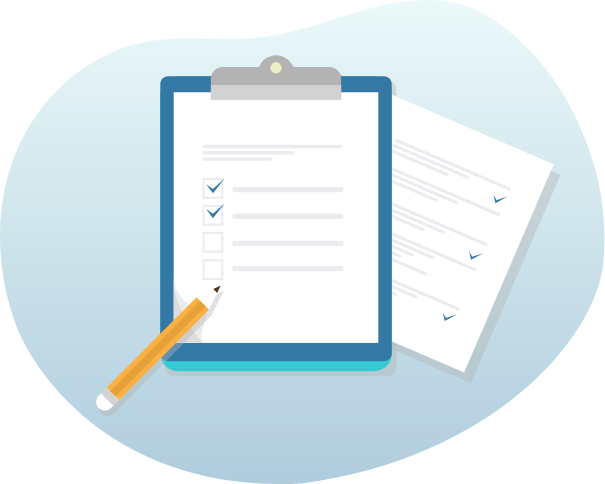
Conclusion
Lorem Ipsum is simply dummy text of the printing and typesetting industry. Lorem Ipsum has been the industry's standard dummy text ever since the 1500s, when an unknown printer took a galley of type and scrambled it to make a type specimen book.



